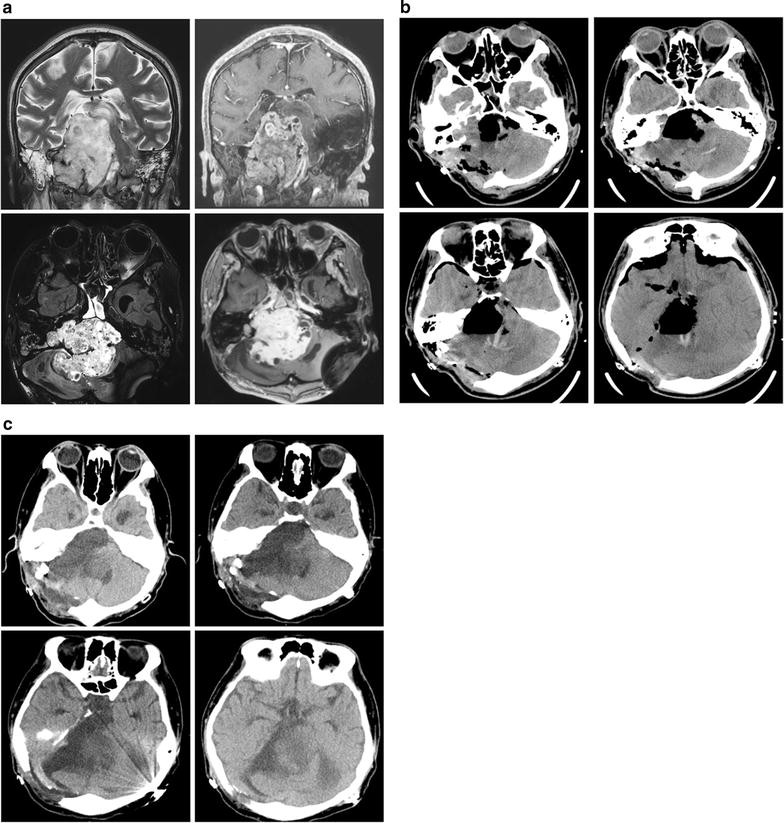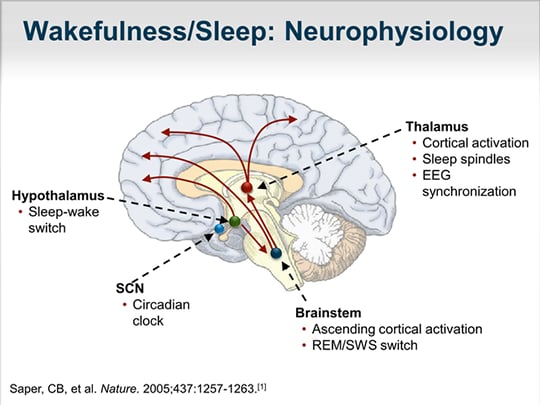
Cataplectic attacks may occasionally occur spontaneously, with no identifiable emotional trigger. One well-known example of this was the reaction of 1968 Olympic long jump medalist Bob Beamon on learning that he had broken the previous world record by over 0.5 meters (almost 2 feet). While cataplexy worsens with fatigue, it is different from narcoleptic sleep attacks and is usually, but not always, triggered by strong emotional reactions such as laughter, anger, surprise, awe, and embarrassment, or by sudden physical effort, especially if the person is caught off guard. If the person is reclining comfortably, they may transition into sleepiness, hypnagogic hallucinations, or a period of REM sleep. Ĭataplexy attacks are self-limiting and resolve without the need for medical intervention. Speech may be slurred and vision may be impaired (double vision, inability to focus), but hearing and awareness remain normal. Even in a full-blown collapse, people are usually able to avoid injury because they learn to notice the feeling of the cataplectic attack approaching and the fall is usually slow and progressive. Attacks are brief, most lasting from a few seconds to a couple of minutes, and typically involve dropping of the jaw, neck weakness, and/or buckling of the knees. Signs and symptoms Ĭataplexy manifests itself as muscular weakness which may range from a barely perceptible slackening of the facial muscles to complete muscle paralysis with postural collapse.
#Narcolepsy and cataplexy brain full#
Even if he preferred the term 'astasia' instead of 'cataplexy' the case described by him remained iconic for the full narcoleptic syndrome. Nevertheless, the onset reported by him was in adulthood as compared to the nowadays cases reported in childhood and adolescence.

In the same year the French neuropsychiatrist Jean-Baptiste Gélineau coined the term 'narcolepsy' and published some clinical reports that contain details about two patients who have similar condition as the narcoleptic cases nowadays.

The term cataplexy originates from the Greek κατά ( kata, meaning "down"), and πλῆξις ( plēxis, meaning "strike") and it was first used around 1880 in German physiology literature to describe the phenomenon of tonic immobility also known as " playing possum" (in reference to the opossum's behavior of feigning death when threatened). Cataplexy without narcolepsy is rare and the cause is unknown. Cataplexy affects approximately 20% of people who have narcolepsy, and is caused by an autoimmune destruction of hypothalamic neurons that produce the neuropeptide hypocretin (also called orexin), which regulates arousal and has a role in stabilization of the transition between wake and sleep states. Polysomnography can detect breathing disorders (such as obstructive sleep apnea), seizure disorders, narcolepsy, periodic limb movement disorder, and unusual movements and behaviors during sleep (parasomnias).Cataplexy is a sudden and transient episode of muscle weakness accompanied by full conscious awareness, typically triggered by emotions such as laughing, crying, or terror. A painless clip is attached to a finger or an ear to record oxygen levels in the blood. Electroencephalography (EEG) is a simple, painless procedure in which. read more, or ECG), muscle activity ( electromyography Electromyography and Nerve Conduction Studies Diagnostic procedures may be needed to confirm a diagnosis suggested by the medical history and neurologic examination. This record, the electrocardiogram (also known as an ECG).

Electrodes are also attached to other areas of the body to record heart rate ( electrocardiography Electrocardiography Electrocardiography (ECG) is a quick, simple, painless procedure in which the heart’s electrical impulses are amplified and recorded. The recordings help provide doctors with information about sleep stages. read more, or EEG) as well as eye movements. Electrodes are pasted to the scalp and face to record the brain's electrical activity ( electroencephalography Electroencephalography Diagnostic procedures may be needed to confirm a diagnosis suggested by the medical history and neurologic examination. Polysomnography is usually done in a sleep laboratory, which may be located in a hospital, clinic, hotel room, or other facility that is equipped with a bed, bathroom, and monitoring equipment.


 0 kommentar(er)
0 kommentar(er)
